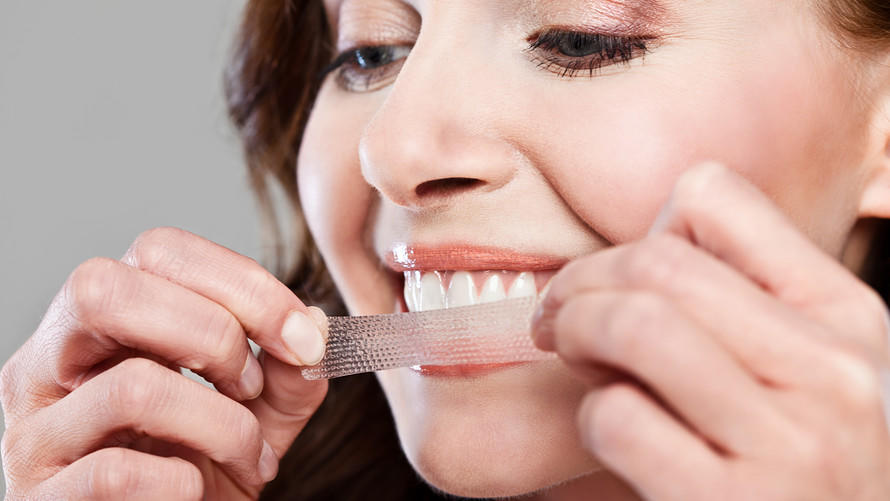Teeth whitening has become increasingly popular as people seek brighter smiles and enhanced dental aesthetics. One common method of whitening teeth is through the use of teeth whitening strips. These thin, flexible strips are coated with a whitening gel containing peroxide and are designed to be worn over the teeth for a specified period. While many individuals prefer wearing teeth whitening strips during the day, some wonder about the implications of using them overnight. This article explores whether it is advisable to sleep with teeth whitening strips, examining the potential risks, benefits, proper usage, and alternative whitening methods.
Understanding Teeth Whitening Strips
Teeth whitening strips are a non-invasive and relatively affordable option for improving tooth color. They typically adhere to the front surface of the teeth and are left in place for a recommended duration, allowing the whitening gel to penetrate and lift stains from the enamel. Most whitening strips are intended for daily use over a period of one to two weeks, depending on the brand and formulation.
The active ingredient in teeth whitening strips is usually hydrogen peroxide or carbamide peroxide, which breaks down into oxygen molecules. These oxygen molecules enter the enamel and dentin of the teeth, oxidizing pigmented molecules responsible for discoloration. Over time, this process can lead to a noticeable improvement in tooth shade, making the teeth appear whiter and brighter.
SEE ALSO: Is Too Much Teeth Whitening Bad?
Is it Safe to Sleep with Teeth Whitening Strips?
The safety of wearing teeth whitening strips overnight is a topic of debate among dental professionals. While some manufacturers claim their products are safe for overnight use, dentists generally advise against it for several reasons:
Gum Irritation: Prolonged exposure to whitening gel can increase the risk of gum irritation and sensitivity. Overnight wear may allow the gel to come into prolonged contact with the gums, potentially leading to inflammation or chemical burns.
Tooth Sensitivity: Whitening strips can cause temporary tooth sensitivity, especially when used excessively or improperly.
Leaving strips on overnight may exacerbate this sensitivity, making teeth more prone to discomfort or pain.
Gel Ingestion: There is a risk of swallowing whitening gel residue when wearing strips overnight. Although most whitening gels are considered safe in small amounts, ingesting larger quantities could lead to stomach upset or other gastrointestinal issues.
Uneven Whitening: Overnight wear may result in uneven whitening results. Teeth closer to the gum line may receive more exposure to the whitening gel than teeth in the middle or upper regions, leading to inconsistent whitening effects.
Proper Usage of Teeth Whitening Strips
To achieve safe and effective results with teeth whitening strips, it is essential to follow the manufacturer’s instructions and dental recommendations:
Read Instructions Carefully: Always read and follow the instructions provided with the whitening strips. Pay attention to recommended wear time and frequency of use.
Limit Wear Time: Avoid wearing whitening strips longer than recommended. Most strips are designed for daily use of up to 30 minutes per session. Longer wear times do not necessarily accelerate whitening results and may increase the risk of side effects.
Monitor Sensitivity: If you experience tooth sensitivity or gum irritation, discontinue use and consult your dentist. They can recommend desensitizing toothpaste or alternative whitening methods.
Protect Gum Tissues: Use a clean finger or soft dental tool to press whitening strips firmly onto the teeth. Avoid allowing excess gel to come into contact with the gums to minimize irritation.
Alternatives to Overnight Whitening Strips
For individuals concerned about the risks associated with wearing teeth whitening strips overnight, several alternative whitening methods are available:
Daytime Use: Use whitening strips during waking hours as directed by the manufacturer. This approach allows you to monitor the application and minimize contact between the whitening gel and sensitive gum tissues.
Whitening Toothpaste: Choose a toothpaste formulated to remove surface stains and maintain tooth whiteness without the use of peroxide. Whitening toothpaste can be used daily as part of your oral hygiene routine.
Professional Whitening: Consider professional teeth whitening treatments performed by a dentist. These treatments often involve stronger whitening agents and are monitored to ensure safety and efficacy.
At-Home Kits with Custom Trays: Some at-home whitening kits include custom trays that mold to your teeth, reducing contact between whitening gel and gums while promoting even distribution of the gel across tooth surfaces.
Conclusion
While teeth whitening strips can effectively enhance smile aestheics, overnight use carries potential risks that may outweigh the benefits. Dental professionals advise against sleeping with whitening strips due to concerns regarding gum irritation, tooth sensitivity, and uneven whitening results. Adhering to recommended usage guidelines and considering alternative whitening methods can help achieve a brighter smile safely and effectively. Consultation with a dentist is recommended to determine the most suitable whitening approach based on individual oral health needs and goals.

